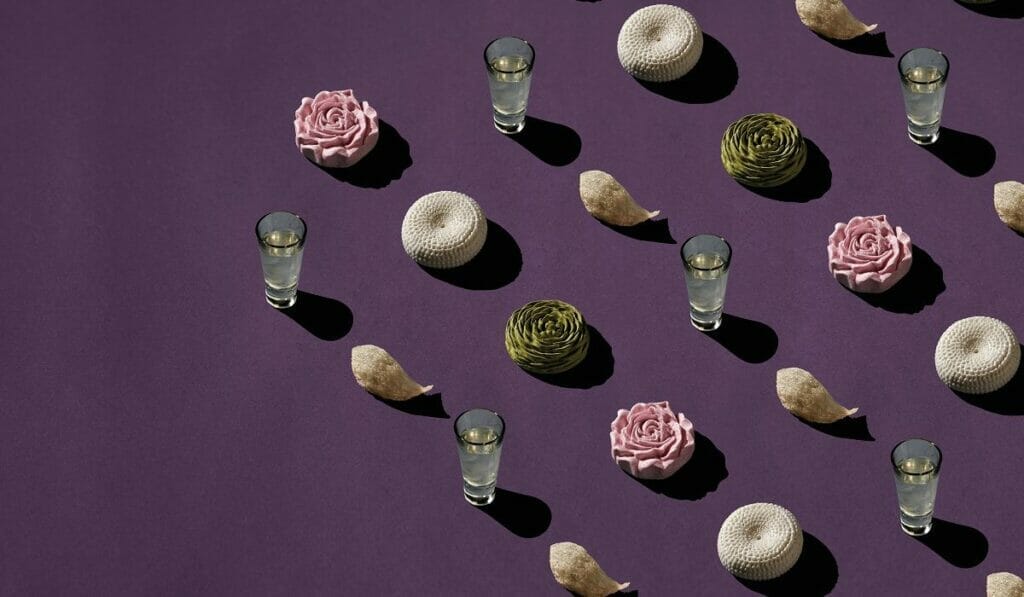Spittle. To be more precise, swiftlet spittle. That is essentially what many are paying thousands of dollars for, to have a taste.
And this certainly isn’t yet another trending superfood. In China, records of its consumption can be traced back to as early as during the Tang dynasty (618 – 907). And in Ming dynasty physician Li Shizhen’s Compendium of Materia Medica a 16th century herbology volume that is consulted by Chinese medicine practitioners even today – it is listed as a nourishing and healing ingredient that boosts vitality.
Whether or not it is the magic health elixir has yet to be scientifically proven, but millions around the world swear by it, with celebrities such as Zhang Ziyi and Fan Bingbing revealing eating bird’s nest as part of their beauty regimen.
Bird’s nest is also known as “White Gold,” says Jemane Ing, who sits on the board of premium bird’s nest purveyor Swift Heritage. A kilogram of high quality bird’s nest can cost as much as $10,000.
Yet many are willing to pay the premium for it. According to a report in Shin Min Daily News last year, an increase in demand has caused the import price for farmed nests from Indonesia “the most popular on the market” to surge from $2,000 to around $3,000 per kilogram within a year.

The growing demand is met by enterprising nest farmers who have changed the industry completely. Where harvesting used to be a laborious and death-defying act of picking nests from cave walls while balancing on bamboo poles, now it is a matter of taking them down from the beams of purpose-built multi-storey structures where thousands of swiftlets roost.
This practice not only protects the safety of the harvester, but also allows the survival of the species. Rampant overharvesting in the past often meant chicks were not allowed to hatch before the nests were taken.
Yet modern practices are not insusceptible to greed either. “Unethical methods of production (such as harvesting up to 10 times a year to maximise yield, and speed cleaning using chemicals) are more rampant than ever,” says Ing. Swift Heritage nests are harvested only after the birds have abandoned it.
Yet not all nests are made equal, and it is admittedly difficult for the untrained to determine the quality by sight. So do your research and don’t be afraid to ask questions – as you would when making any high-valued purchase.
A COLOUR GUIDE
Jemane Ing from Swift Heritage gives a rundown of bird’s nest categories by colour and place of origin.



